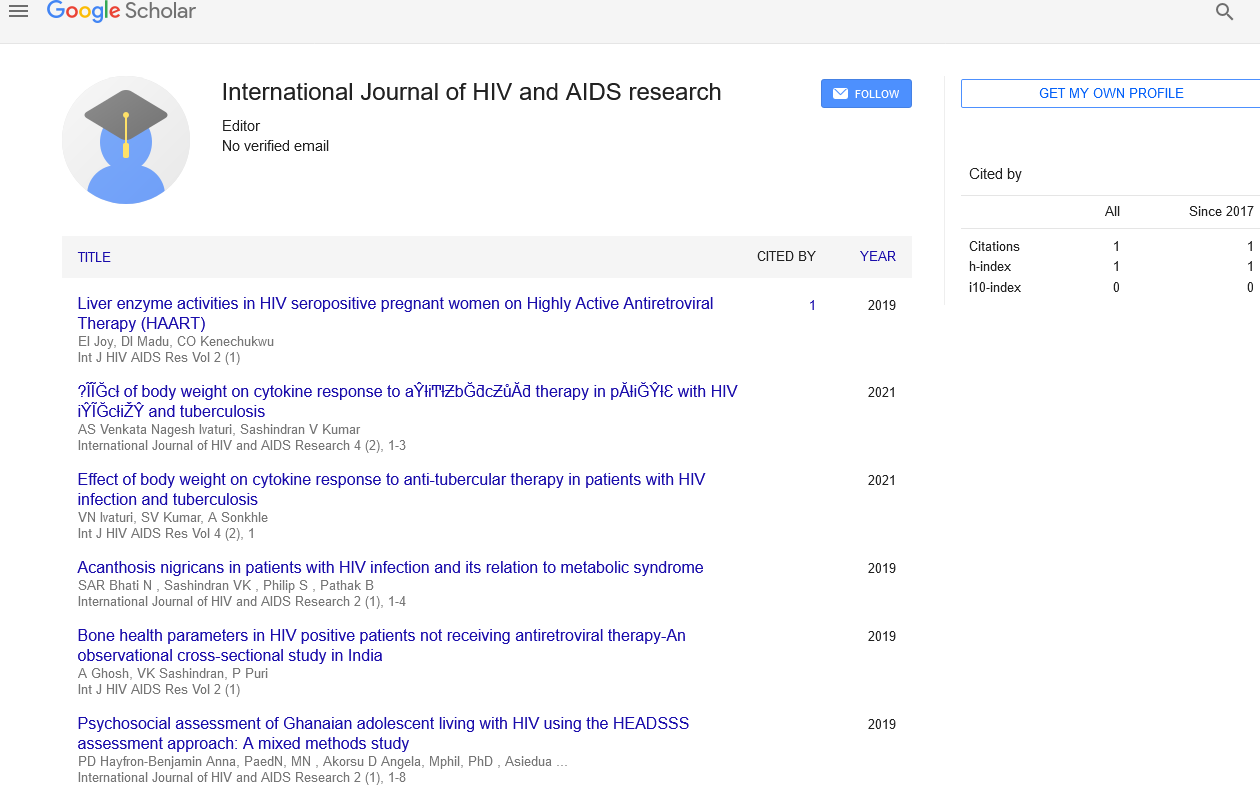The hydrolysis of immunogenic wheat gliadin proteins by the yeast Wickerhamomyces anomalus
Received: 20-Dec-2022, Manuscript No. PULAFSJ-22-5941; Editor assigned: 22-Dec-2022, Pre QC No. PULAFSJ-22-5941 (PQ); Reviewed: 05-Jan-2023 QC No. PULAFSJ-22-5941; Revised: 21-Mar-2023, Manuscript No. PULAFSJ-22-5941 (R); Published: 30-Mar-2023
Citation: Wills S. The hydrolysis of immunogenic wheat gliadin proteins by the yeast Wickerhamomyces anomalus. Appl Food Sci J 2023;7(1):1.
This open-access article is distributed under the terms of the Creative Commons Attribution Non-Commercial License (CC BY-NC) (http://creativecommons.org/licenses/by-nc/4.0/), which permits reuse, distribution and reproduction of the article, provided that the original work is properly cited and the reuse is restricted to noncommercial purposes. For commercial reuse, contact reprints@pulsus.com
Abstract
Approximately 30% of the total proteins in wheat flour are included in gliadins. They play a role in a variety of immunological problems that impact an increasing number of people who consume wheat based diets. The buildup of immunogenic peptides from inadequate gliadin breakdown by gastric proteases in the stomach is the trigger. Previous studies have shown how sourdough fermentation technology or comparable lactic acid bacteria can reduce the allergenic proteins in wheat flour. For the production of wheat products with reduced allergenicity, there aren't any specific yeast cultures. This study assessed the hydrolysis of gliadin proteins by sourdough yeast Wickerhamomyces anomalus strains. Gliadins can be broken down and used by all yeast strains as a source of carbon and nitrogen. The inclusion of gliadin was necessary for the yeast strains to multiply; after 24 hours, full hydrolysis was seen. The strain with greater proteolytic activity fermented a dough made of wheat that was acceptable. The leavened dough's gliadin content was cut in half. The amount of immunogenic gliadins in bread made from the W. anomalus fermented dough was reduced by 78%. The proteolytic activity of the yeast cells was responsible for 50% of the decrease, and baking was responsible for 35%. These findings highlight the yeast W. anomalus's potential as a starter for lowering immunogenicity in wheat products.
Keywords
Yeast Wickerhamomyces anomalus; Wheat gliadins; Proteases hydrolyzing gliadins; Proteolytic activity
Introduction
A unique role for wheat in human nutrition. Wheat is a source of carbohydrates, proteins, lipids, minerals, and other nutrients found in a variety of foods like bread, pasta, and other bakery goods vitamins and minerals in a daily diet. Focusing on wheat proteins accounts for more than 20% of the overall amount of protein consumed by people. They are divided into four groups known as the Osborne fractions based on the extraction method: (i) Albumins, which are soluble in water; (ii) Globulins, which are soluble in saline; (iii) Gliadins, which are soluble in an aqueous alcohol solution (60%–70%); and (iv) Glutenins, which are only soluble in alcohol if reducing agents are present. Gluten proteins include gliadins and glutenins. Gliadins, glutenins, and other similarly comparable proteins in other cereals (secalins of rye, hordeins of barley, and avenin of oats) are known collectively as prolamins due to their high Proline (P) and glutamine (Q) amino acid content. Although gluten proteins have a close functional link, gliadins and glutenins have different organisational and structural characteristics. Based on their size and N-terminal sequence, gliadins are monomeric proteins that are categorised into four types: 5-(60-68 kDa), 1-2-(32-35 kDa), and gliadins (32– 45 kDa). Contrarily, glutenins are among the biggest proteins discovered in nature and are polymeric proteins connected by intra and intermolecular disulfide linkages. Low Molecular Weight Glutenin Subunits (LMWGS) and High Molecular Weight Glutenin Subunits (HMW-GS) make up glutenin polymers (32–45 kDa). The structure states that during hydration, gliadin monomers interact with glutenin polymers (HMW-GS as the backbone and LMW-GS as the branches) to form gluten polymers, which determine the technological properties of flour dough, including viscosity and extensibility from gliadins and strength and elasticity from glutenins. Additionally, gluten proteins are in charge of retaining gas throughout fermentation processes, which benefits the characteristics, volume, and quality of the finished product. Foods manufactured with wheat flour can, however, have a negative impact on health and cause undesirable reactions in people who are genetically predisposed to them. Celiac Disease (CD), Wheat Allergy (WA), and Non- Celiac Wheat/Gluten Sensitivity (NCWGS) are the three main conditions linked to eating foods containing wheat flour.
Description
The buildup of peptides from partial digestion of wheat grain/flour by gastric intestinal proteases in the small intestine is the common cause of these illnesses. When people who express the human leukocyte antigens DQ2 or DQ8 bind the peptides gliadin and glutenin to T cells, DC is induced. The dendritic cells of the intestine integrate peptides from any wheat grain proteins (gliadins, glutenins, albumins, globulins), which causes the WA. Gluten protein peptides, grain defense protein peptides (-amylase/ trypsin inhibitors), and other substances (oligosaccharides and fructans) that activate innate immune cells are the main causes of NCWGS. The wellknown 33 mer peptide from gliadins, regarded as the most immunogenic, was one of the first peptides identified as the most resistant to proteolysis in the digestive system. The content of immunogenic proteins in foods containing wheat flour has been reduced or eliminated using a variety of methods, including the use of specific proteases, probiotics (live bacteria or yeasts with proteolytic activity), and the development of wheat varieties or interspecific hybrids by selective breeding of lines carrying desired traits that produce grains with a lower content of immunogenic peptides.
Conclusion
Human health may be harmed by numerous immunological illnesses, which are affecting an increasing number of people and are caused by the consumption of gliadin proteins. The yeast Wickerhamomyces anomalus ME1 can effectively decrease or lessen the harmful effects of gliadins due to its capacity to digest gliadins. Many immunogenic gliadins in baked goods could be removed through fermentation by the ME1 yeast, either alone or in conjunction with lactic acid bacteria or baker's yeast. Additionally, the food contaminating gliadins that are added to processed foods in the form of gluten or wheat to give them viscoelastic or thickening properties may be removed using the W. anomalus's.





